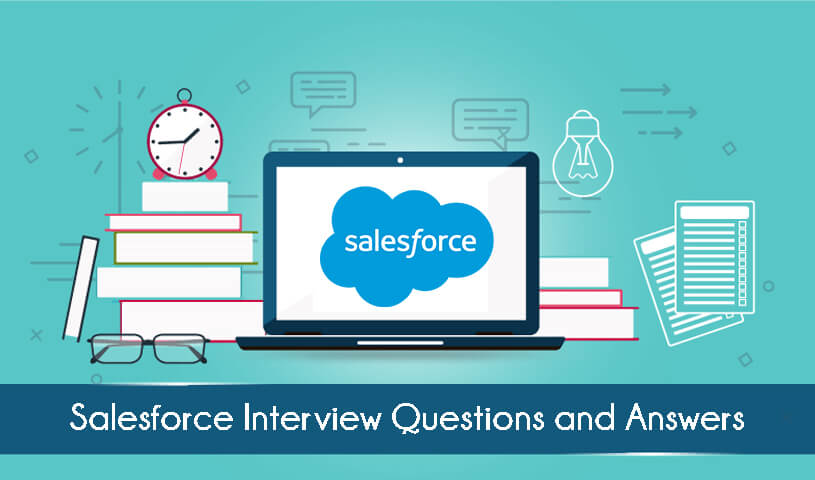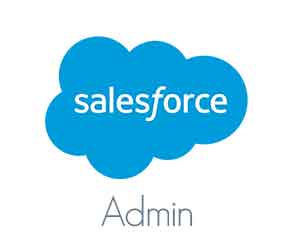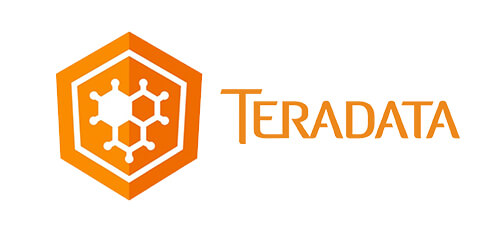
1. What is Salesforce?
Salesforce is the most effective customer Relationship Management (CRM),Product that is delivered to members as cost effective software-as-a-service (saas)2. What is custom object in Salesforce?
Custom objects refer specifically to database tables that save data related to your company in Salesforce.com.3. What can be the cause of data lose in Salesforce?
The reason for Data loss in Salesforce are:4. How is SaaS beneficial to Salesforce?
The benefits of SaaS is, it is a subscription-based, so clients can select to renew or terminate using the program at any time without penalty other than not being able to use Salesforce. SaaS is intended to help users avoid heavy initial start-up fees and investments. SaaS applications use a simple Internet interface supported by easy integration.5. How does Salesforce track sales?
6. What is trigger?
Trigger is the code that is executed before or after the record is updated or inserted.7. What is difference between trigger and workflow?
Workflow is an automated process that fires an action based upon evaluation criteria and rule criteria. As described above, Trigger is the code that is executed on or after the record is updated or inserted.8. What are the three types of object relations in Salesforce?
9. What are the different types of report available in Salesforce?
The types of reports in Salesforce are:Tabular report that shows the grand total in table form.
Matrix report where grouping is based upon both rows and columns.
Summary reports that are detailed reports in which the grouping is based on columns.
Joined report which allows two or more reports to be joined in a single report.
10. What is the junction object and what purpose does it serve?
Junction objects are used to build many-to-many relationships between objects. For example, the user can take a recruiting application where a position for a job can be linked to many candidates or can link a candidate to many other jobs. To connect the data model, a third party object is mentioned as a junction object. In the given example, the junction object is “job application.”11. What is Audit trail?
The Audit Trail is a function in Salesforce, which is useful for obtaining information or for tracking all the recent setup changes that the administration has done in the organization. The audit trail can maintain data for six months.12. Explain the Salesforce Dashboard?
In Salesforce, the dashboard is a pictorial representation of the report. 20 reports can be added to a single dashboard.13. What is the difference between SOQL and SOSL?
SOQL is Salesforce Object Query Language and SOSL is Salesforce Object Search Language. If you are sensing that Salesforce is a culture unto itself, you are correct!14. What is a Wrapper class?
A class structured data, whose instances are collections of other objects and is used to display different objects on a Visualforce page in the same table.15. What is Static resource in Salesforce?
A static resource permits to upload content that is in the form of .jar, .zip format, style sheets, JavaScript and so on. It is recommended to deploy a static resource rather than uploading file to the Documents tab since it is possible to package a set of files into a directory hierarchy and upload it.16. Explain various Standard profiles in Salesforce?
17. How many controllers are used in visualforce page?
Only one controller can be used and as many extension controller because Salesforce comes under SaaS,.18. What is a sandbox org? What are the different types of sandboxes in Salesforce?
A sandbox is a copy of the production environment/ org, used for testing and development purposes. It’s useful because it allows development on Apex programming without disturbing the production environment.You can use it when you want to test a newly developed Force.com application or Visualforce page. You can develop and test it in the Sandbox org instead of doing it directly in performance.
By this you can develop the application without any hassle and then migrate the metadata and data (if applicable) to the production environment. Doing this in a non-production environment permits performers to freely test and experiment applications end to end.
Types of Sandboxes are:
19. What is bucket field in reports?
A bucket field allows us to group related records together by ranges and segments, without the use of complex formulas and custom fields. Bucketing can thus be used to group, filter, or arrange report data. When you create a bucket field, you need to define multiple categories (buckets) that are used to group report values.The advantage is that earlier, we had to create custom fields to group or segment certain data.




